Unbelievably, your veterinary website may be more elusive than a cat during a thunderstorm. That’s when search engine optimization comes in handy. In the digital jungle, SEO is your roar to make sure people notice you above the rest. Your practice is the lion. Not only is visibility important, but so is being discovered by the appropriate people—local pet owners looking for a reliable veterinarian. Considering that over 90% of searches occur online, ignoring SEO is like barking up the wrong tree. Here’s a pro suggestion as well: Plerdy and other tools can greatly improve the performance of your website, making monitoring and enhancing SEO a snap. Watch this space to see how to take your internet presence from a shy kitten to a raging success.
Understanding Your Audience
If you were a pet owner, what would you look for in a veterinarian? A key to veterinarian SEO is knowing your audience. Connecting with the pet owners that most need your services is just as important as drawing in clicks.
The kinds of dogs people own, their worries, and their demographic origins all affect the wide range of demands that pet owners have. Customizing content to speak to these elements can greatly improve your search engine optimization. A blog post on “Senior Dog Care” for example, will draw in elderly dog owners, while “Kitten Nutrition Tips” will appeal to new cat owners. Targeted, successful content requires audience segmentation according to these standards.
Knowing how pet owners behave online is another essential component. A Google study found that people interact more with material that immediately addresses their problems. Are the questions pet owners are asking answered on your website? Are you offering them fixes for their issues? As well as raising your SEO rankings, this presents your practice as a reliable and respectable information source.
In veterinarian search engine optimization, knowing your target is like having a route plan. It guides the proper individuals to your material, addresses the correct issues, and eventually expands your practice. Relevance rules the digital economy. Make your material current, and pet owners will come. Reliable publications like the Search Engine Journal provide insightful advice for further understanding of your audience.
Local SEO Optimization
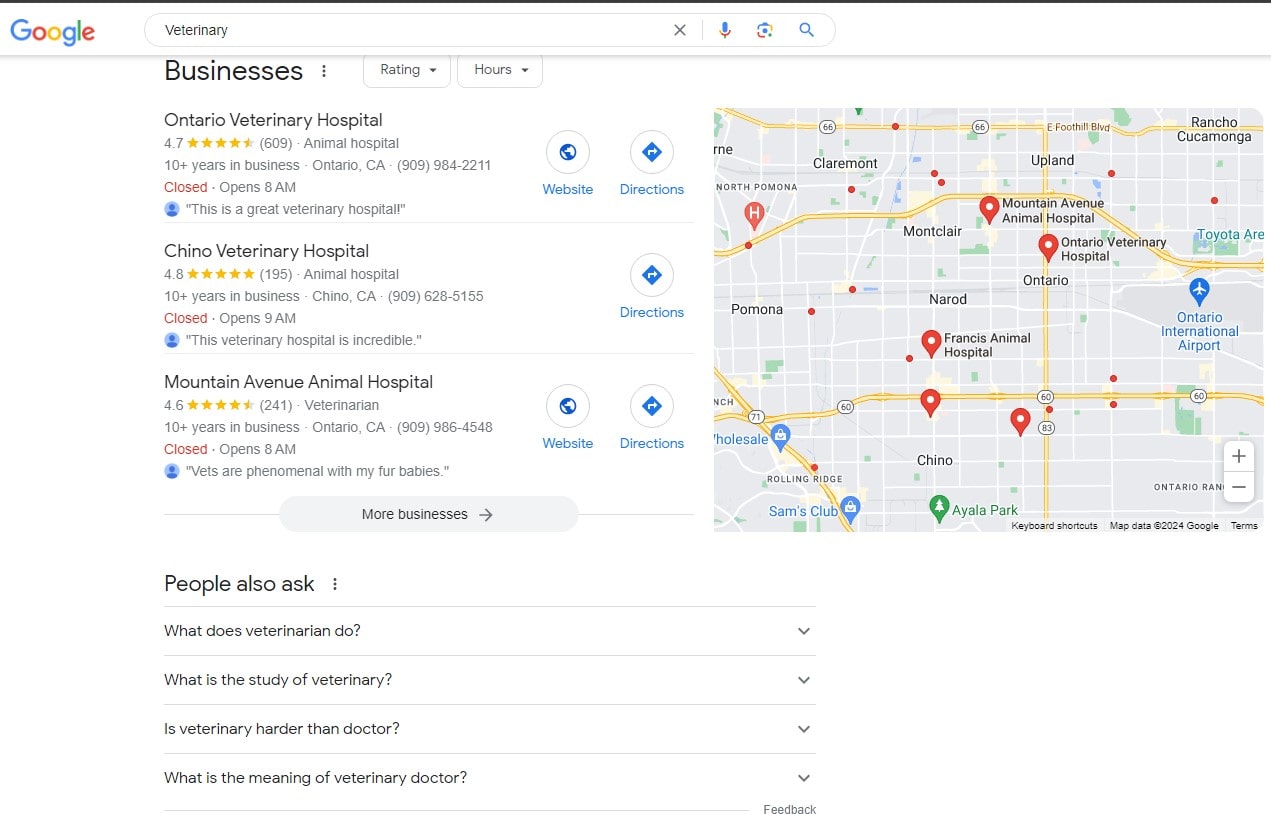
For veterinary clinics, local search engine optimization is more than simply a tactic—it’s your lifeline to the neighborhood. Consider it your town square’s equivalent of a well-placed billboard in digital form.
Firstly, your online front door is your Google My Business profile. Make sure it’s fully optimised in addition to being claimed. This covers everything from services provided to business hours—true and comprehensive information about your firm. It’s about facilitating local pet owners’ selection and discovery of you.
Next, include regional terms naturally into the text of your website. Important terms are “animal hospital near me” and “veterinarian in [Your City].” They direct local searches to your offerings like digital signposts.
Local SEO aims to get you found as well as to make sure the right people in your area find you. When nearby pet owners need veterinary care, having your web presence optimized for local search guarantees that your clinic will come up first.
Gaining proficiency in local search engine optimization is like making sure your clinic is heard clearly and loudly in the local internet community. Connecting and gaining the trust of nearby pet owners is just as important as being visible. Reputable sources like Moz’s Local SEO Guide provide priceless material for in-depth understandings of local SEO.
Keyword Research

Starting keyword research for the SEO of your veterinary clinic is like learning the language of your prospective customers. It’s about finding their precise words when looking for veterinarian care online.
First, list the main services your clinic offers, including “pet vaccinations” or “emergency animal care.” SEMrush or Google Keyword Planner allow you to investigate keyword variations and search volumes. This shows the most often searched terms as well as the specialized ones that can be your ticket to the top of search results.
Think on the reason for the searches. Do pet owners compare alternatives, hunt for services, or want advice? Creating material that reflects these goals raises the possibility that your website will be the solution they need.
Good keyword research involves matching your web material to the actual requirements and questions of pet owners. By doing this, people looking for local veterinarian care will find your website to be a lighthouse. Reputable sites like Moz have extensive manuals for additional information on keyword research.
Creating Engaging Content
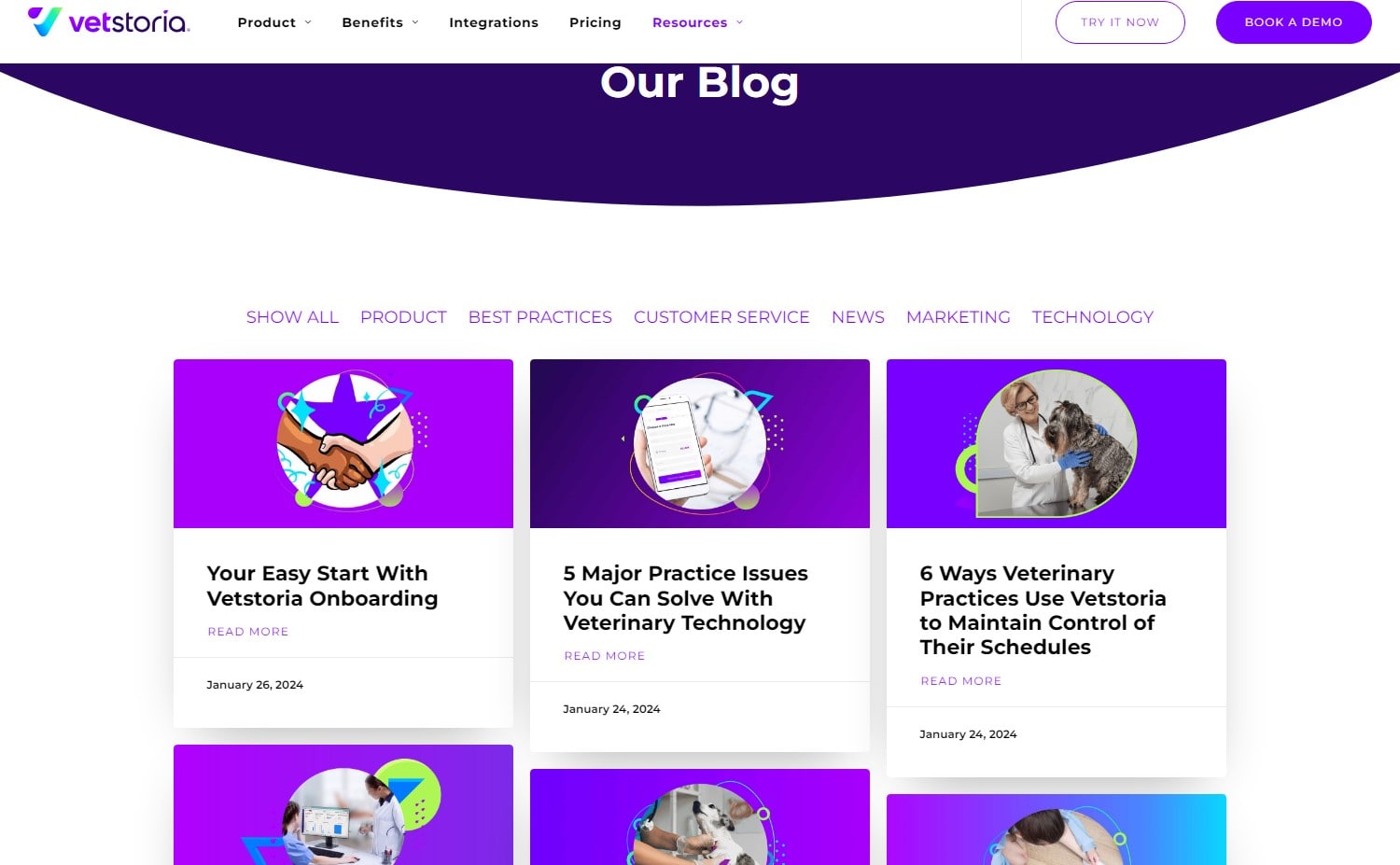
Writing interesting material for the website of your veterinary practice is like starting a conversation with prospective patients. Building trust and establishing connections are just as important as dispensing knowledge.
Find out first what your readers are interested in learning. Are they looking for information on particular therapies, pet care tips, or understanding of problems with pet health? Write stuff to address these questions. Using a range of media—blog entries, infographics, and videos—make difficult veterinary subjects interesting and approachable. Popular material shared by pet owners raises awareness of your clinic online.
Add narrative. Post about your clinic’s daily operations or success tales of dogs you’ve treated. Sharing and relatability of your material can increase with this personal touch.
Make sure the keywords you have found are optimized throughout your content from an SEO perspective. But keep the keyword insertion organic; SEO shouldn’t mean sacrificing the quality of the material.
Informational and interesting, your content should capture the knowledge and compassion of your clinic. It’s a potent instrument for drawing in business and turning leads into devoted customers. Resources like the HubSpot Blog provide a plethora of knowledge and direction for more advice on producing engaging content.
Improving User Experience

View the website of your veterinary practice as an online waiting area. As in your actual clinic, you should aim for clarity and comfort online. Enhancing the user experience (UX) of your website involves more than only aesthetics; it also involves giving your visitors a smooth, educational, and entertaining journey.
Get started with website navigation. Whether it’s services, making appointments, or learning about pet care, it should be simple and direct, like a well-marked route guiding your visitors to the information they need. Just as unsettling as a disjointed clinic might be a cluttered or unclear layout.
Key is speed. Potential customers can become irritated and more likely to go elsewhere if a website loads slowly. You may evaluate and enhance the loading times of your website using tools like Google’s PageSpeed Insights.
It is no longer optional to have a mobile-friendly website because most searches take place on smartphones. Must. This translates into quickly loaded pages, understandable content, and smaller screen navigation.
Improved user experience on your veterinary website is essential to client loyalty. It captures the attention to detail and professionalism of your practice. Websites such as Smashing Magazine provide insightful information and advice on enhancing UX.
Technical SEO Aspects
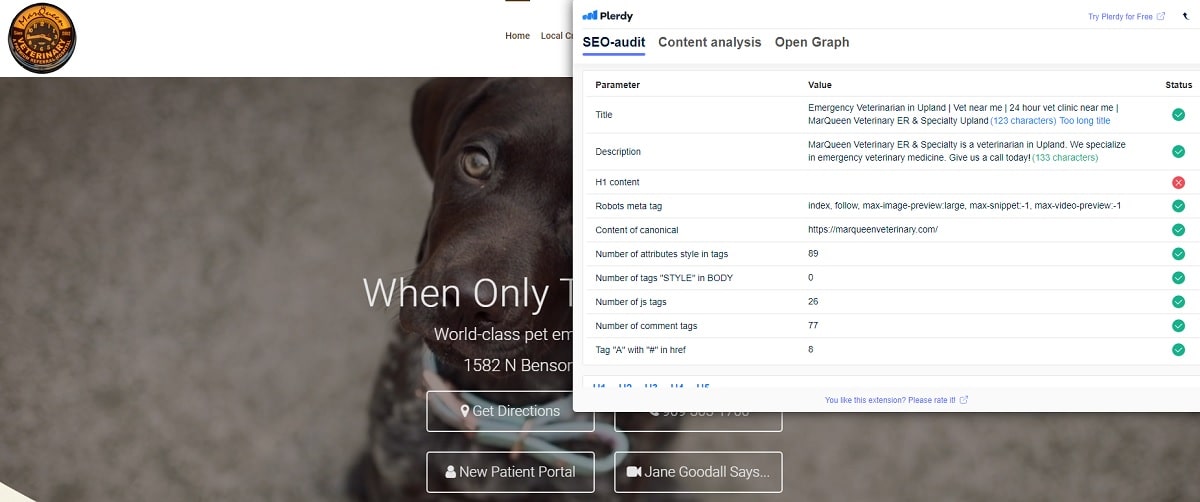
The foundation of your veterinarian website, technical SEO ensures that everything functions as it should. You should be aware of the technical condition of your website, much as you would be of a pet.
First, make sure your website can be indexed and crawled. Search engines can thus analyse and investigate your material fast. Analyze and improve the search ranking performance of your website with tools like Google Search Console. Search engines are guided around your website by elements like robots.txt files and XML sitemaps.
Site speed is an other important consideration. Slow websites can turn off visitors and hurt your search engine results. Analyse and increase the speed of your website with tools like GTmetrix.
Technical SEO is crucial for increasing traffic and enhancing user experience even when visitors to your website may not notice it. Maintaining technical SEO on your website guarantees it remains live and indexed by search engines. Deeper dives into technical SEO can be found in resources like Moz’s Beginner’s Guide to SEO.
Optimizing Backlink Strategy for Enhanced Veterinary SEO
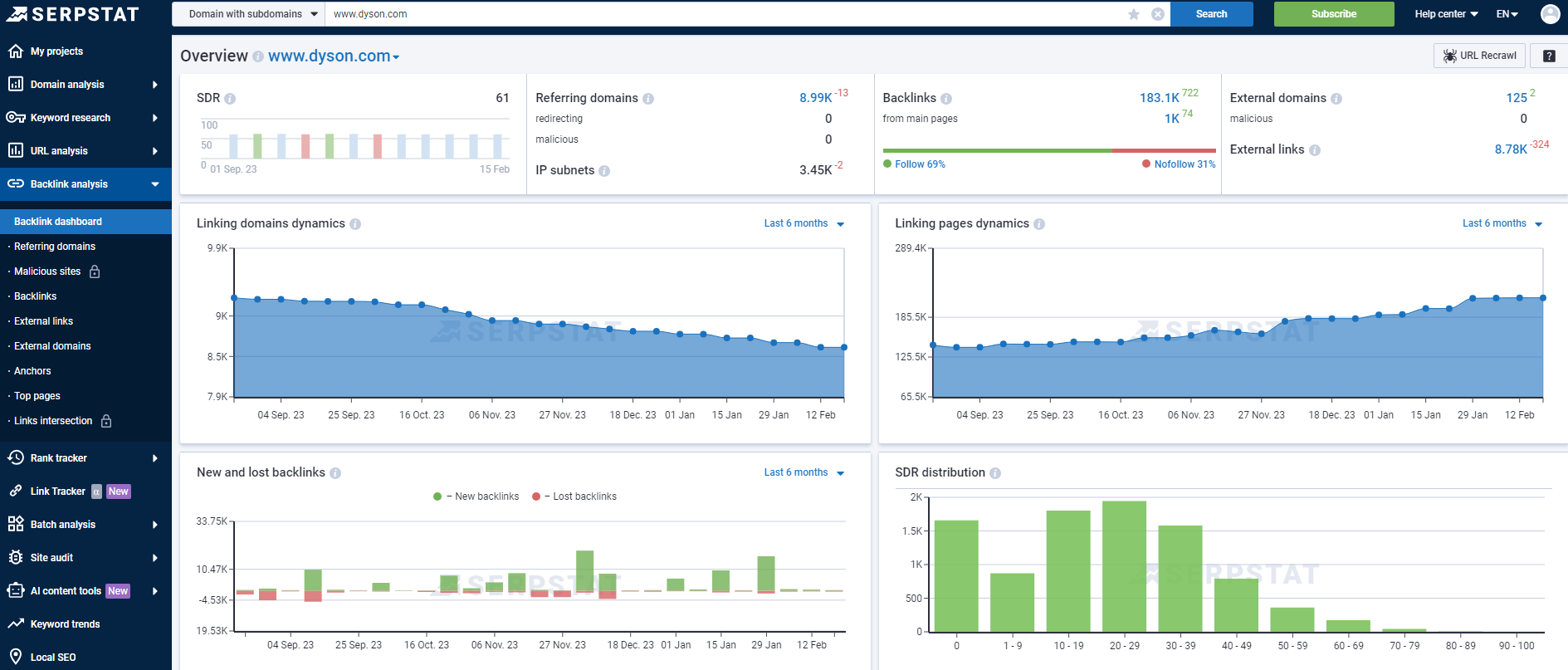
In the world of veterinary search engine optimization, building excellent backlinks is like getting premium recommendations. Getting backlinks that improve the SEO and authority of your veterinarian website is more important than just building up a lot of links.
Start by creating interesting, worthy-of-links veterinarian material. Whether it be in-depth veterinary blog posts, visually striking infographics, or comprehensive pet care manuals, excellent content always draws backlinks that improve SEO. One successful SEO tactic is to form alliances with veterinarian forums and elite pet care blogs to provide guest postings. This promotes backlinks that improve SEO and positions you as a veterinarian SEO specialist.
Furthermore crucial to veterinary SEO are local alliances. Find out about local pet supply stores, animal shelters, and veterinary community activities to get pertinent backlinks. Through their local relevance, these local backlinks highlight your involvement in the veterinary community and enhance your veterinary SEO.
Within the field of veterinary SEO, backlinks are frequently more valuable than they are numerous. Your veterinarian SEO can benefit more from a single connection from a reputable source than from many links from less well-known websites. Steer clear of questionable link-building strategies as they can hurt your search engine optimization.
Veterinarian SEO requires a deliberate, content-focused strategy to backlink cultivation. It’s a long-term, like preventative veterinary care, investment in the digital health of your veterinary website. More detailed instructions on creating strong backlinks for veterinary SEO may be found at reliable websites like Backlinko.
Enhancing Veterinary SEO through Social Media Engagement
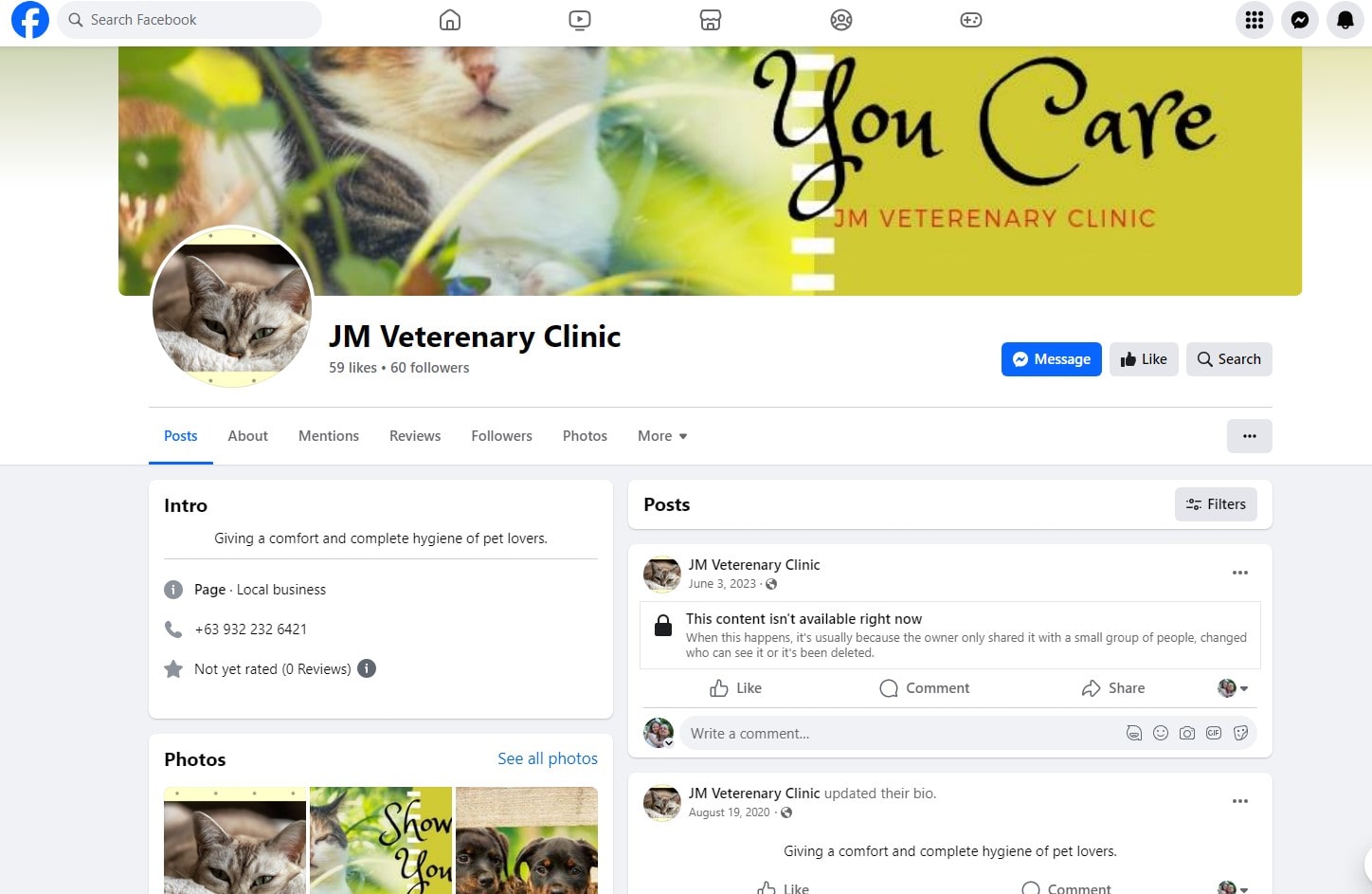
Using social media for your veterinarian practice is like to starting a lively, participatory conversation with the people who own pets. Beyond just publishing stuff, it’s about establishing trust and relationships to improve SEO.
Find the social media sites where the members of your veterinary audience are most engaged. Select sites that support the SEO objectives of your veterinary clinic, whether they are Facebook for its community reach or Instagram for its capacity to accommodate pet photos. Post a variety of material, including personal looks at your clinic and veterinarian care tips. By encouraging shares, this varied, interesting, and educational material can improve the SEO exposure of your veterinary practice.
Utilize social media to introduce pet health awareness campaigns, publish successful case studies, and showcase your veterinary professional knowledge. SEO benefits from your practice being seen as an informed and caring part of the veterinary community.
Gaining a better SEO presence for your clinic and interacting with both present and prospective veterinarian patients need skillfully using social media. Social media, done wisely, can greatly increase the impact of your veterinary SEO initiatives. Social Media Examiner and other sites provide useful advice and ideas about doable social media tactics that improve veterinarian SEO.
Optimizing and Assessing Veterinary SEO Performance
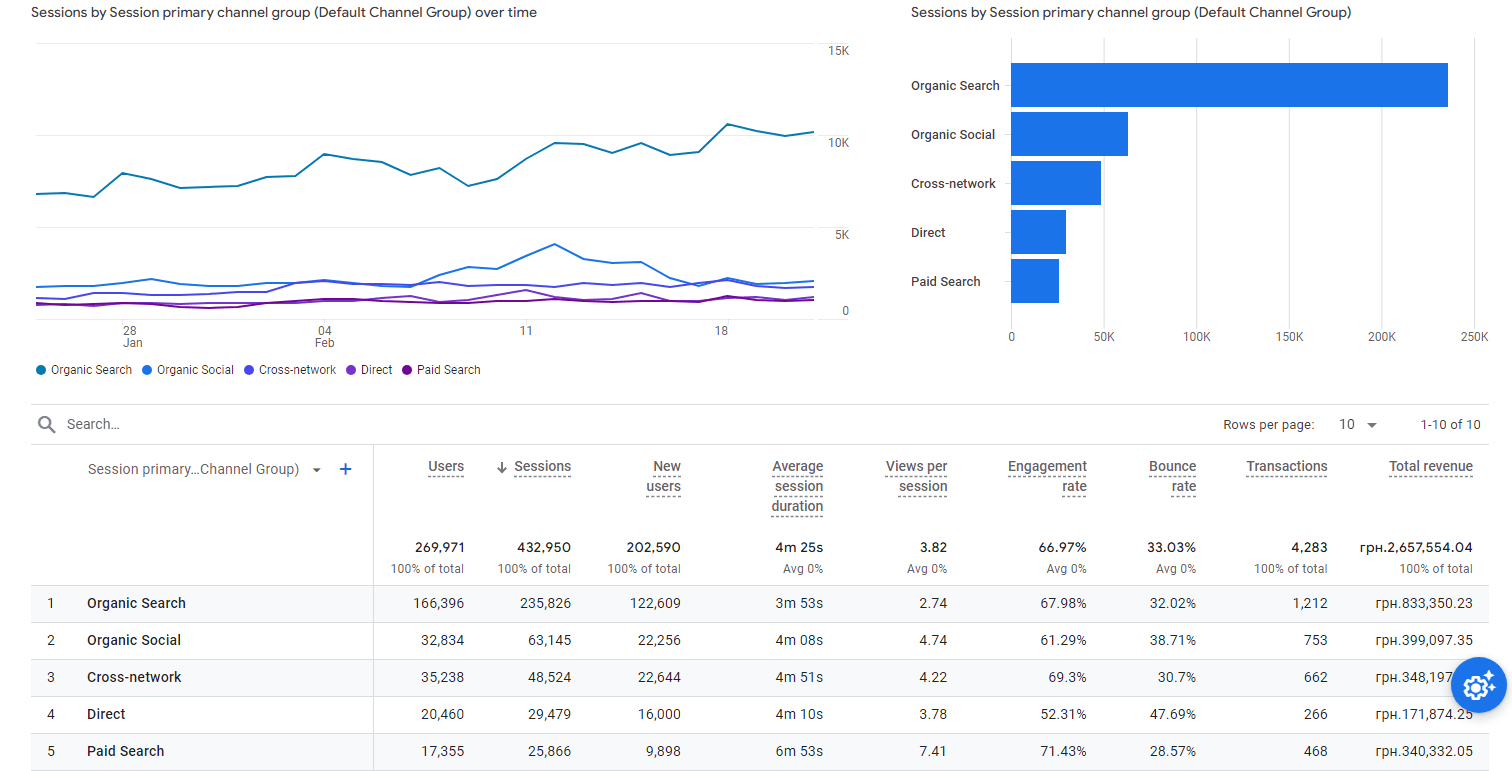
It would be similar to driving without a map in veterinary SEO to proceed without appropriate KPIs. As such, optimizing and evaluating veterinarian SEO success is crucial; it serves as your road map through the complex world of digital marketing.
Set clear, doable goals first. For your veterinary practice, are you hoping to see better search engine rankings, more website views, or more client appointments. Google Analytics monitors interaction with and traffic to websites. The advantages and disadvantages of your present tactics are made clear by this statistics. Using tools like Ahrefs or Moz, routinely verify your search engine rankings, remembering that SEO is a marathon, not a sprint, and that changes are a natural part of the process.
Pay attention to interaction indicators including page visits and click-through rates (CTR). These measurements are important markers of the degree to which your material appeals to your intended reader. Track conversion rates as well, or the proportion of website visitors that become patients at your veterinary practice.
Through monitoring and assessment of your veterinary SEO methods, you may improve their efficacy. It’s about realizing how your SEO efforts are affecting things and making wise changes. Reputable sites like Search Engine Journal provide detailed instructions and recommended practices for a deeper grasp of veterinarian SEO tracking.
Verdict
Staying up to date and flexible is essential in the often evolving field of veterinary SEO. See SEO more like a marathon than a sprint. Show patience, tenacity, and receptivity to change. Good search engine optimization increases your online presence and fortifies your relationships with customers and the community. Curiousity should be your compass as you continue to navigate the huge waters of digital marketing. Visit Plerdy’s blog for additional thoughts and tactics; there’s a wealth of information waiting. Plerdy offers extensive tools that are made to easily improve your internet presence for a smooth SEO experience. Plerdy puts your path to SEO expertise just a click away.
